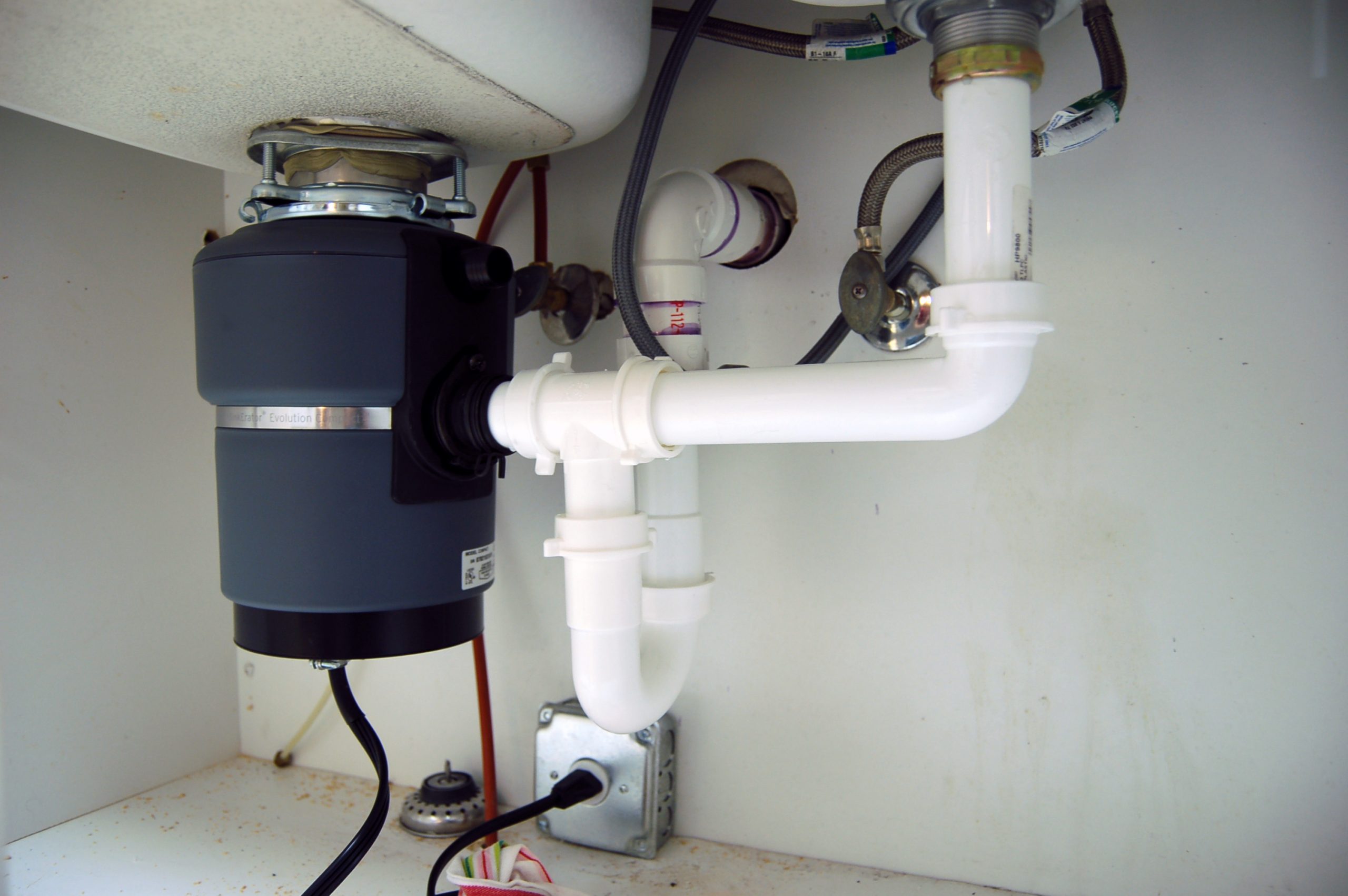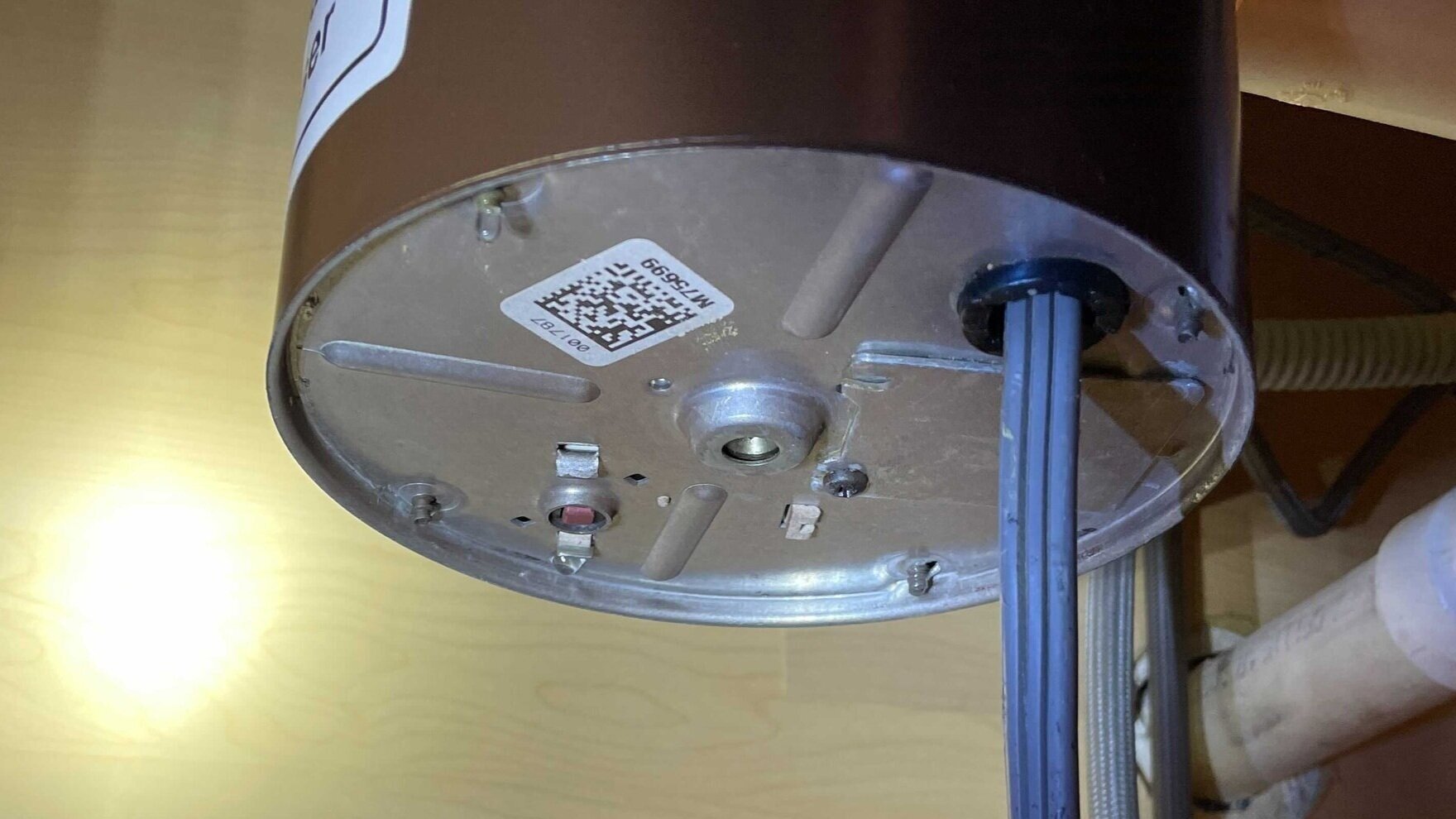Effortless Steps to Stop a Leak in Your Garbage Disposal
Effortless Steps to Stop a Leak in Your Garbage Disposal
Blog Article
We've stumbled upon this post relating to The Handy Guide To Fixing Your Garbage Disposal Leaking down the page on the web and felt it made good sense to discuss it with you here.

Waste disposal unit are important kitchen area devices that help in taking care of food waste effectively. However, a leaking waste disposal unit can be a frustrating and untidy problem to take care of. Fortunately, many leaks can be repaired quickly with a few easy steps. In this short article, we will certainly review just how to deal with a dripping garbage disposal properly.
Introduction
Garbage disposals are set up under cooking area sinks and are made to shred food waste right into smaller sized pieces, permitting it to go through the plumbing system quickly. While these devices are generally dependable, leakages can occur with time because of deterioration, loose connections, or damages to the system.
Common Causes of Leakages in Garbage Disposals
Worn Seals and Gaskets
Seals and gaskets play a critical function in preventing water from leaking out of the garbage disposal. Gradually, these parts can wear away, resulting in leaks around the disposal unit.
Loose Connections
The connections in between the garbage disposal and the plumbing system can come to be loosened gradually, triggering water to leakage out during procedure.
Splits or Holes in the Disposal Unit
Physical damage to the waste disposal unit, such as splits or openings in the housing, can likewise lead to leaks.
Identifying the Resource of the Leak
Prior to attempting to take care of a leaking garbage disposal, it is necessary to determine the source of the leakage. This can typically be done with visual assessment or by performing easy examinations.
Visual Examination
Inspect the waste disposal unit device thoroughly for any type of indicators of water leak. Pay very close attention to areas around seals, gaskets, and connection factors.
Checking for Leaks
One way to evaluate for leaks is by running water via the disposal system and checking for any type of noticeable indications of leak.
Tools and Materials Needed for Fixing a Dripping Garbage Disposal
Prior to starting the repair service process, collect the necessary devices and products, including a screwdriver, flexible wrench, plumbing's putty, substitute seals or gaskets, and epoxy or patching material for repairing splits or holes.
Step-by-Step Overview to Repairing a Dripping Garbage Disposal
Switch off the Power
Prior to attempting any type of repairs, guarantee that the power to the waste disposal unit system is switched off to avoid the threat of electrical shock.
Locate the Leak
Recognize the precise location of the leakage and determine the reason.
Tighten Connections
Use a wrench to tighten up any kind of loosened links between the disposal device and the pipes system.
Replace Seals or Gaskets
If the leak is due to used seals or gaskets, get rid of the old elements and change them with new ones.
Patching Fractures or Openings
For splits or holes in the disposal unit, usage epoxy or an appropriate patching product to seal the broken area.
Checking the Garbage Disposal After Repair Work
As soon as the fixing is total, examine the waste disposal unit by running water through it to make certain that the leak has been resolved.
Preventive Maintenance Tips to Avoid Future Leaks
To avoid future leakages, it is necessary to execute normal maintenance on your garbage disposal. This consists of maintaining it clean, preventing placing non-food things or tough objects down the disposal, and periodically looking for leakages or various other problems.
Verdict
To conclude, repairing a leaking waste disposal unit is a fairly uncomplicated process that can be finished with fundamental tools and materials. By following the steps described in this article and exercising preventive maintenance, you can maintain your garbage disposal in good working condition and stay clear of pricey repair services in the future.
HERE’S HOW TO FIX YOUR GARBAGE DISPOSAL
WHAT TO DO IF SOMETHING IS STUCK IN YOUR GARBAGE DISPOSAL
If the impeller won’t turn, there’s probably something stuck in the disposal. It could be a steak bone or peach pit, although plumbers report pulling all sorts of inappropriate objects out of disposals, such as bottle caps or aluminum foil. Make sure power to the disposal is off, and look inside to see if you can see the source of the jam.
Never stick your fingers in a disposal. Pull out anything you see with tongs or pliers.
If the disposal still won’t work, it may be time to call a plumber or consider buying a new disposal. GEM Plumbing & Heating is here for all of your garbage disposal needs.
WHAT TO DO IF YOUR GARBAGE DISPOSAL DRAIN IS CLOGGED
Take everything out from underneath your sink and put a bucket or other container under your disposal to catch any water that drains out. Disconnect your disposal from the power supply. If it’s plugged into a wall outlet, unplug it. If it’s hardwired into an electrical box, go to the electrical panel and turn off the breaker for the disposal. Pour ¼ cup of baking soda into the drain, followed by ½ cup of white vinegar. Give the solution a few minutes to fizz and do its work. Look into the disposal with a flashlight to see if you can see an object that might be causing the clog. If you see it, remove it using tongs or pliers. MORE TIPS ON DEALING WITH A CLOGGED GARBAGE DISPOSAL
Never use drain cleaner in a garbage disposal. It can damage the plastic parts inside the disposal. You can also be splashed with the caustic liquid while working to clear the clog. Beware! Never stick your fingers into a garbage disposal. Trust us — not a good idea. In many instances, your dishwasher drains through your garbage disposal. This allows the disposal to grind any large food particles that may be drained out of your dishwasher. There are some jurisdictions, however, where the plumbing code prohibits such a connection. WHAT TO DO WHEN YOUR DISHWASHER DRAINS THROUGH THE DISPOSAL
Run some water in the sink so your plunger has at least a ½-inch of water to create a seal and plunge vigorously up and down several times. You may need to repeat this several times. Run hot water down the drain to clear any residue that remains.

I hope you enjoyed our section on Why Is . Thanks a ton for spending some time to browse our posting. If you please take the opportunity to share this blog entry if you liked it. We cherish reading our article about Why Is My Garbage Disposal Leaking From the Bottom?.
Make An Appointment Report this page